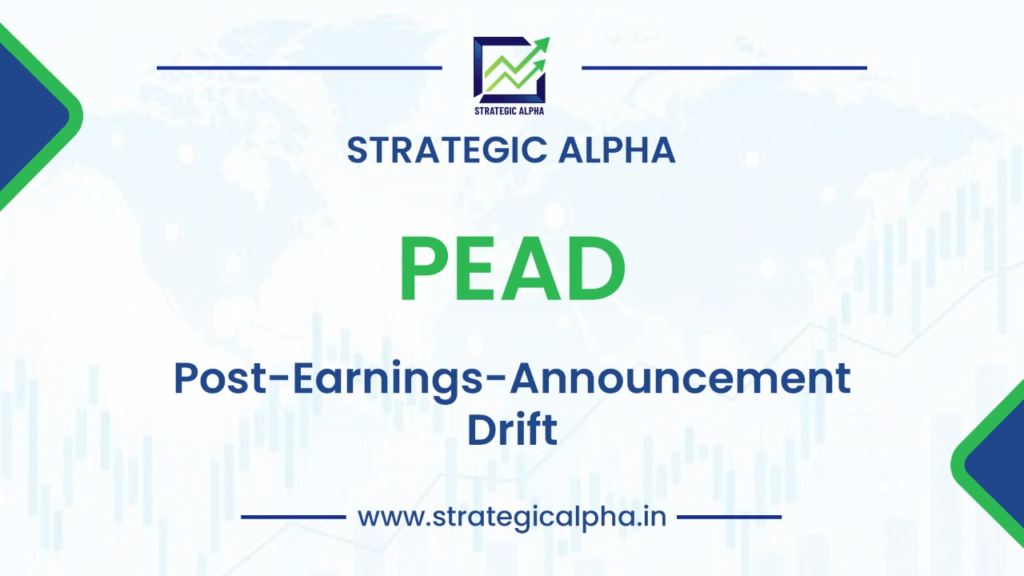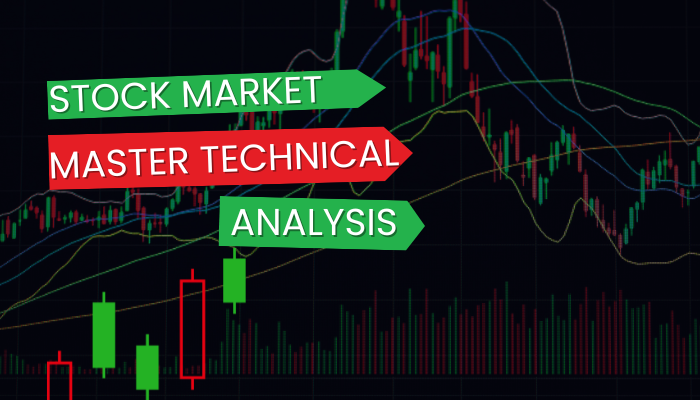History
A company’s market value can be inferred from its earnings announcement, which is why it is so important. When earnings news surprises in either direction, either by beating or falling short of expectations, the stock market should react in a clear way. Ball and Brown (1968) were the first to report in a systematic way how the stock market reacted to earnings that came as a surprise. Because of this, “the largest coordinated study in accounting history” got underway. In the 30 years since Ball and Brown started the research stream, which studies the connection between capital markets and financial statements, over a thousand publications have been published.
Definition
When a company’s current results are made public, the market price should update swiftly to reflect the new information. Of course, it has been common knowledge for quite some time that this is not actually how things work. When a company has positive news to report in its quarterly earnings, the abnormal returns on its securities tend to rise for at least 60 days after the release. This happens because markets take time to digest the earnings call and get adjusted finally as per the earnings. When a company reports lower-than-expected profits, the odd returns on its securities tend to go down over the same time period. Post-announcement drift describes this change in public opinion after a major announcement.
The first study to say this was “An Empirical Review of Accounting Revenue Numbers” by Ray J. Ball and P. Brown, which came out in the Autumn 1968 issue of the Journal of Accounting Research. In the field of financial market literature, PEAD is one of the most researched topics because it is one of the main earnings anomalies that goes against the theory of market efficiency.
Understanding the term
PEAD, or “post-earnings announcement drift,” is the tendency for stock prices to move in the same direction several days after earnings are announced.
Companies with stock on the stock market actively disclose their quarterly earnings. Stock prices tend to rise when companies report strong financial results, especially when those results exceed the expectations of the market. When bad news comes out about a company’s earnings or how it’s run, stock prices tend to go down.
To drift in the same direction as earnings results after they have been announced is known as “post-earnings announcement drift” (PEAD). So, the price of a stock may go up right after a company reports strong profits, and it may keep going up throughout the trading day and into the next trading week if investors are optimistic about the company’s future.
To examine this trend, we can take the example of Stamps.com. By observing the value of Stamps.com over the past six months, a few things will likely jump out at you.
- In the first place, there was the catastrophic plunge in early May, when prices went from $83 to the upper $30s. An unfavourable financial report from Stamps.com was to blame for that. The share price naturally fell sharply, and it continued to plummet over the following few days and couple of months.
- By late May, the stock’s price had dropped to below $30. The stock then kind of bobs along for the next few months, till the next quarter.
- On the night of August 7th, when the stock is trading at $46.27, the company is expected to announce earnings.
- On the next trading day, shares rose to around $59 per share. However, the company is not finished. Since the results report came out, investors have been optimistic and the stock price has steadily gone up over the past few months to its current level of about $74 per share, give or take.
- Investors have high hopes for Stamps.com following the most recent earnings report. When the results are announced, the stock price jumps at first, and it keeps going up as more investors join the market. The stock price is increasing because more individuals are buying after hearing the news, which is driving up demand.
How to Benefit from Earnings Blast?
It is possible for any company to post a 10X profits QoQ or YoY, However, It is difficult for a stock to go up 10X within a few days to get adjusted itself to the earnings curve, So even through the profits have blasted,Stock move will take time, Usually on average 50-60 Days. So, If we are able to spot the Earnings blast and find out a trading Setup in such a way that we get a risk reward of 1:5- 1:20, We can say that we have got a sure idea of a fast moving stock which can make a rapid surge.
In order to spot the earnings blast candidates, we have created a Fundamental screener, Which helps us to create a universe of Earnings Blasted Candidates. These are the stocks where the profits have surged 100% YoY on Quarterly Results. Once we have a universe of stocks, These stocks further go under our Technical Screener(StrategicAlpha_Alerts) which spots outperforming Winning stock based on our proprietary technique which we teach in our mentorship program. Below are the examples of PEAD trades Spotted by Our System.
Some of the past examples of PEAD
- Karnataka Bank Q2FY2023 YoY Profits Went up 3X, Stock Moved 64% in 2 Months from 24th Oct 2022 after being spotted on Technical Screeners.
- Data Patterns Q4 FY2022 YoY Profit went up 4X, Stock moved up 2X in 60 Days.
- Canara Bank Q2FY2023 YoY Profit went up 2.5X, Stock moved up 60% in 60 Days.
Conclusion
The post-earnings-report drift can be predicted in large part by looking at the type and amount of information that comes out after the announcement. When earnings data or other big news comes out, markets that work well will quickly change prices to reflect the new information. This does not happen very often, though, or else there would be little evidence of phenomena like “post-earnings announcement drift” (a decline in a stock price after positive earnings news is released).
The PEAD phenomenon happens when there is a sudden increase in abnormal trading volume and abnormal returns after an earnings report. Both of these things show that stock prices are not being quickly adjusted by the market, One can benefit from this phenomenon blending the universe of PEAD stocks with Technical Screeners to find out outperforming stocks with risk/reward ratio as high as 1:5 to 1:20





